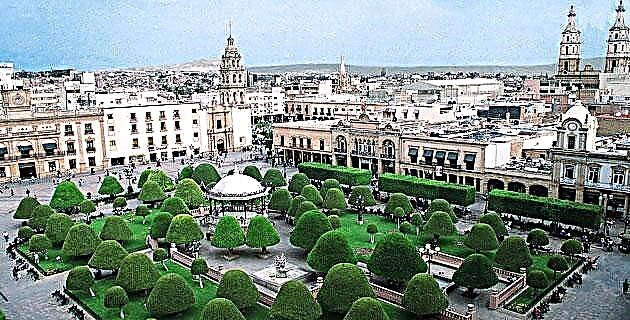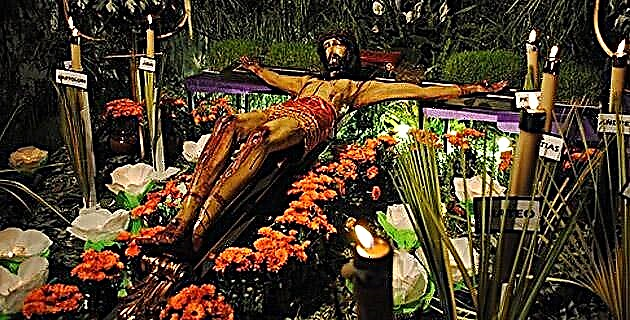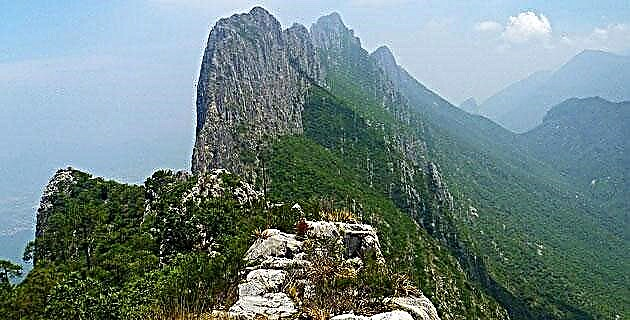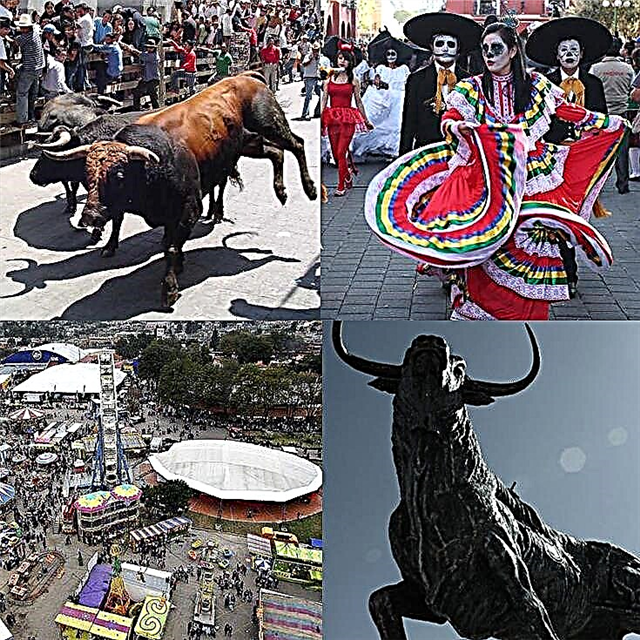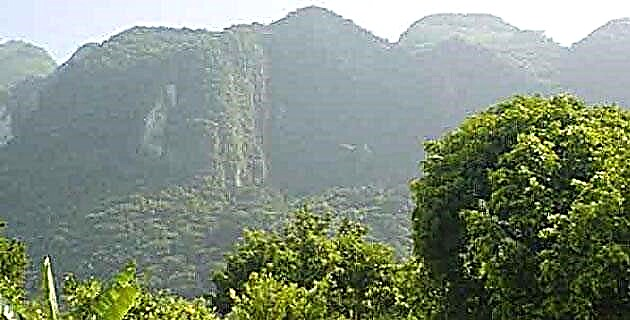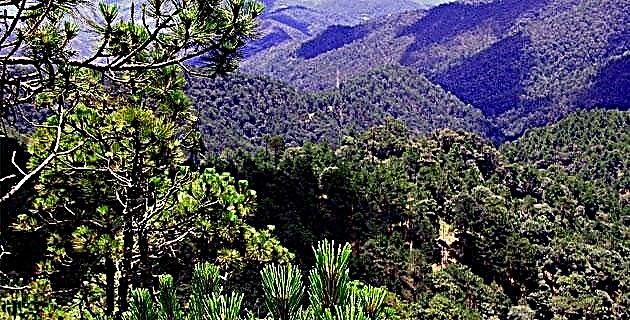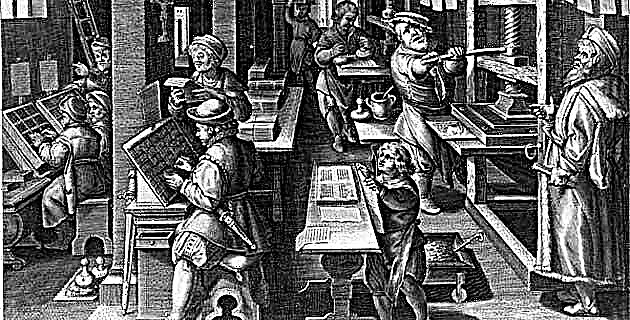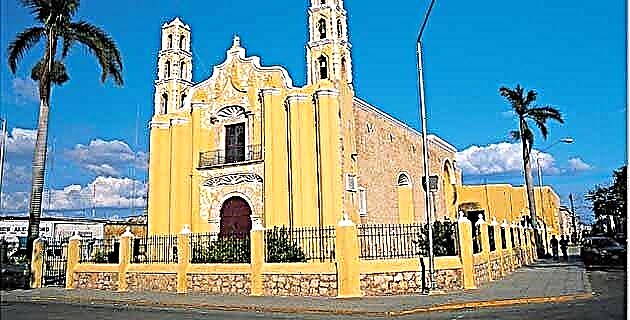
On January 6, 1542, Francisco de Montejo founded Mérida, it was built on the Mayan population T'ho (before Ichcaanziho), it was registered as a town with 70 Spanish families and 300 Mayan Indians. On July 13, 1618 it was named "very noble and loyal city" in the certificate signed by Felipe II.
Its cathedral is the oldest in New Spain, it began in 1561 and was dedicated to San Ildefonso, patron of the city. Other works from the colonial era are the temples of San Juan Bautista, La Mejorada, San Cristóbal and the church of Santa Ana. The temple of the Third Order, now the Temple of Jesus, was occupied by Franciscans, when they expelled the Jesuits from the New Spain in the 18th century.
The architectural constructions that stand out in the city are: the Casa de Montejo, due to its Plateresque style; the Colegio de San Pedro, founded by Jesuits in 1711, now the seat of the State University; Hospital of Nuestra Señora del Rosario, today a museum; The Canton Palace built of marble and now occupied by the Regional Museum of Anthropology; The Government Palace, with the history of the peninsula represented by wall paintings; the Plaza de Armas, the Paseo Montejo, the market and the Santiago and Santa Lucía parks.
From Mérida 80 kilometers to the west is Celestún, a Special Biosphere Reserve, a site where the pink flamingo breeds. To visit this reserve you need permission from Sedesol. To the north of Mérida on the highway that goes to Progreso is Dzibilchaltún, in its Temple of the Seven Dolls the Mayans registered solar alignments.
Progreso has the longest pier in the country: We recommend you go a few kilometers west to eat fish and shellfish as they have the tastiest seasoning in Yucatan; to the east you can enjoy quiet beaches such as San Benito and San Bruno.
Motul is the place where Felipe Carrillo Puerto was born, it is reached from the northeast of Mérida. Continuing east we have Suma, Cansahcab and Temax, turning north you will find Dzilam de Bravo, a fishing village. Near Boca de Dzilam, fresh water gushes from the bottom of the sea in addition to being an area of cenotes.
We continue to the east of Mérida where the Mérida-Cancún highway begins, 160 kilometers of highway to Valladolid. Halfway through the route we take the detour to the north to visit Izamal with its convent of San Antonio, built on a pre-Hispanic foundation. Its atrium is considered the largest in America.

